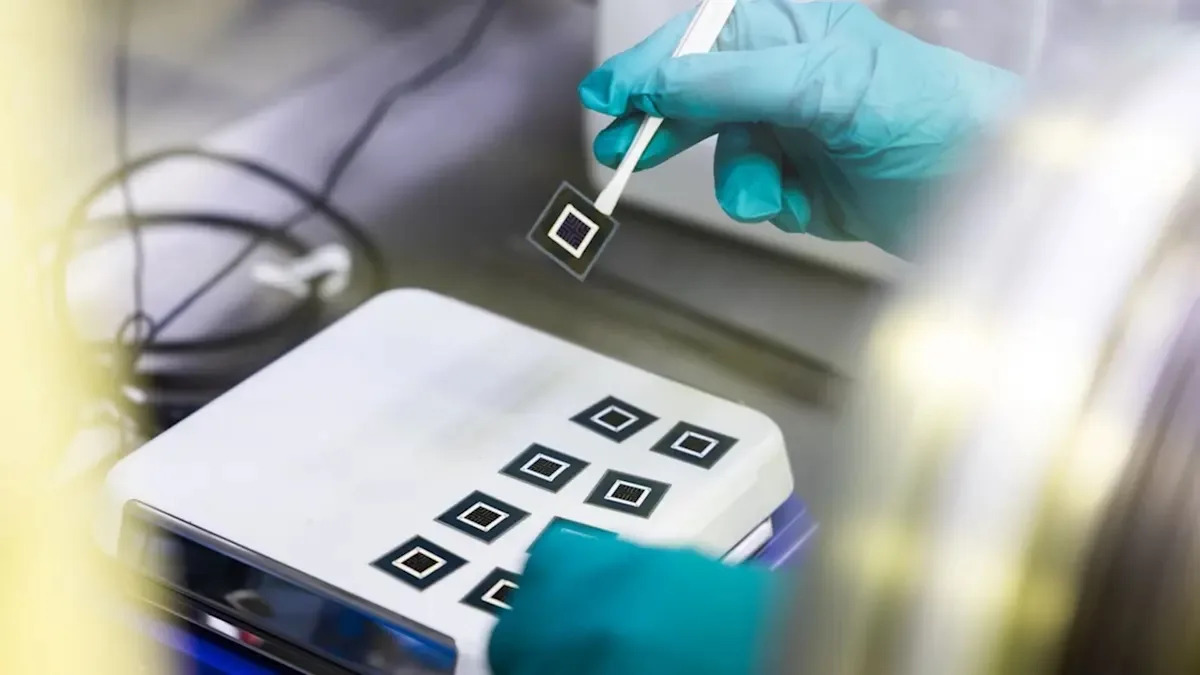Home / Environment / Perovskite-Silicon Tandem Panels Achieve 33.1% Efficiency, Boosting Affordable Clean Energy
Perovskite-Silicon Tandem Panels Achieve 33.1% Efficiency, Boosting Affordable Clean Energy
4 Oct
Summary
- Researchers achieve 33.1% efficiency with solar panels on uneven surfaces
- Perovskite coating absorbs light frequencies silicon can't use, increasing power output
- Protective treatment enables perovskite to be used on current silicon manufacturing lines

As of October 4th, 2025, researchers have made a significant breakthrough in solar panel technology, achieving an impressive 33.1% efficiency with panels built on uneven surfaces. This represents a major improvement over the current 29% efficiency of standard silicon solar cells, a ceiling that has long prevented wider adoption of affordable clean power.
The key to this advancement lies in the researchers' innovative approach. They have layered two materials - a perovskite coating on top of silicon - to create a tandem solar cell. The perovskite layer is able to absorb light frequencies that silicon cannot utilize, thereby converting more of the sun's energy into usable electricity.
Crucially, the researchers have also developed a protective treatment that allows the perovskite film to adhere to the uneven, pyramid-textured surface of silicon wafers. Previous methods required smooth wafers, but this new breakthrough enables the use of existing silicon manufacturing processes, significantly reducing costs and boosting production.
Advertisement
The protective treatment interacts differently with perovskite versus silicon, providing surface-level protection for silicon while being absorbed throughout the perovskite layer. This enhances the electrical flow and overall function of the perovskite material, laying the groundwork for further advancements in tandem solar cell technology.
"This realization provides a solid foundation for all future research in this area," said Professor Stefaan De Wolf of King Abdullah University of Science and Technology, who participated in the research. "It enhances our understanding of the processes occurring in the top cell while converting light into electricity, enabling scientists to leverage this knowledge to develop better tandem solar cells."
With these more efficient panels, homeowners can now install fewer units to achieve the same power output, reducing installation costs and shortening payback time. Solar is already undercutting coal and natural gas pricing in most regions, and these improvements are expected to drive prices down further, leading to cleaner air and improved public health as dirty fuel combustion is reduced.
Advertisement
Factories may begin adopting these new panels by 2030, but first, companies must modify their current silicon manufacturing systems to integrate the perovskite technology.




